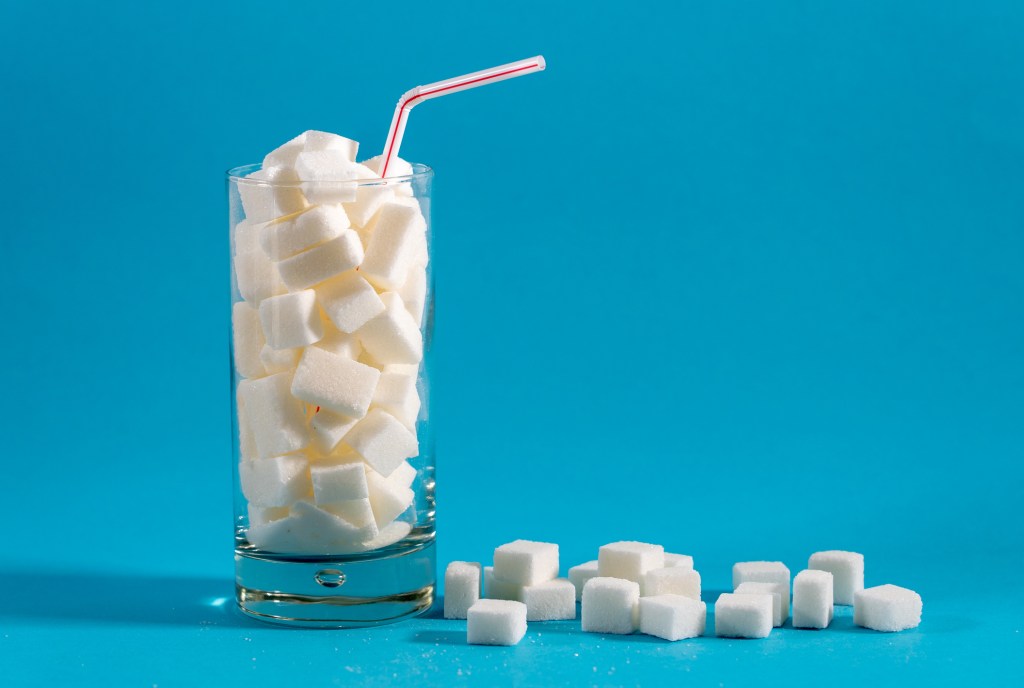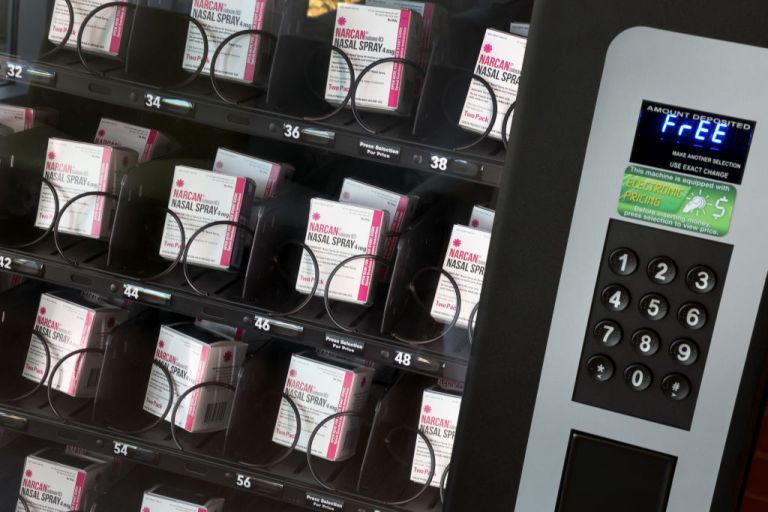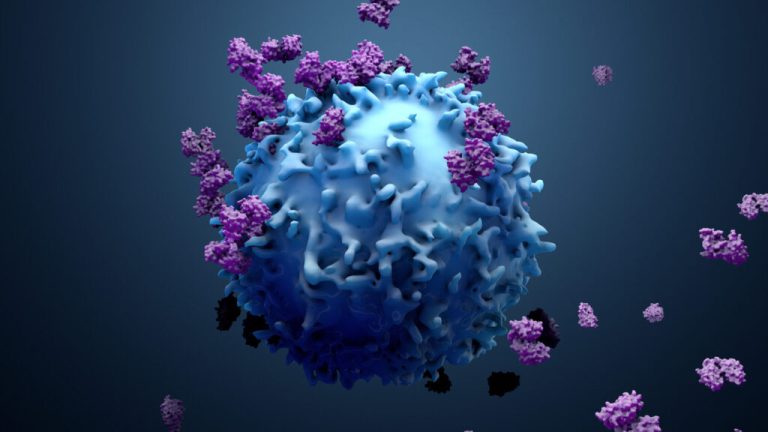A decadent chocolate cake drizzled with caramel, a pint of mint chocolate chip Haagen-Dazs, and a crisp can of Coke. No, we aren’t listing the items from someone’s last meal request, but you wouldn’t be surprised if we were, right?
Humans love sugar — so much so that we add it to a huge array of foods. And not just the ones you’d think: A serving of ketchup, for instance, has around 4 grams of added sugar; two slices of white bread may dish up 5 grams; and a serving of vanilla yogurt can pack a whopping 14 grams.
It’s important not to vilify any one food, but per the American Heart Association, American adults and young adults consume far more added sugar than they should: an average of 68 grams a day, or about 17 teaspoons. That’s nearly double the recommended maximum for men (36 grams, or 9 teaspoons) and three times what it is for women (25 grams, or 6 teaspoons).

Even knowing that, saying farewell to your daily Frappuccino still might feel beyond your ability — that’s just how our brains are wired. “From an evolutionary standpoint, sweet flavors signaled quick energy and safety (since most poisonous foods in nature are bitter, not sweet),” Katie Chapmon, a registered dietitian nutritionist, explained to Nice News, adding that sugar also lights up reward pathways in the brain. “The modern food environment takes advantage of this wiring, offering highly processed, hyper-palatable foods that make moderation tough.”
Tough, but not impossible. Keep reading for the scoop on added sugar — including tips for cutting back on it and some delicious recipes to satiate your sweet tooth. By the end of this article, you may just be reaching for a pear instead of a popsicle.
Note: If you have a medical condition that can be affected by your diet, it’s always best to check with a doctor before making any changes.
Natural Sugar vs. Added Sugar
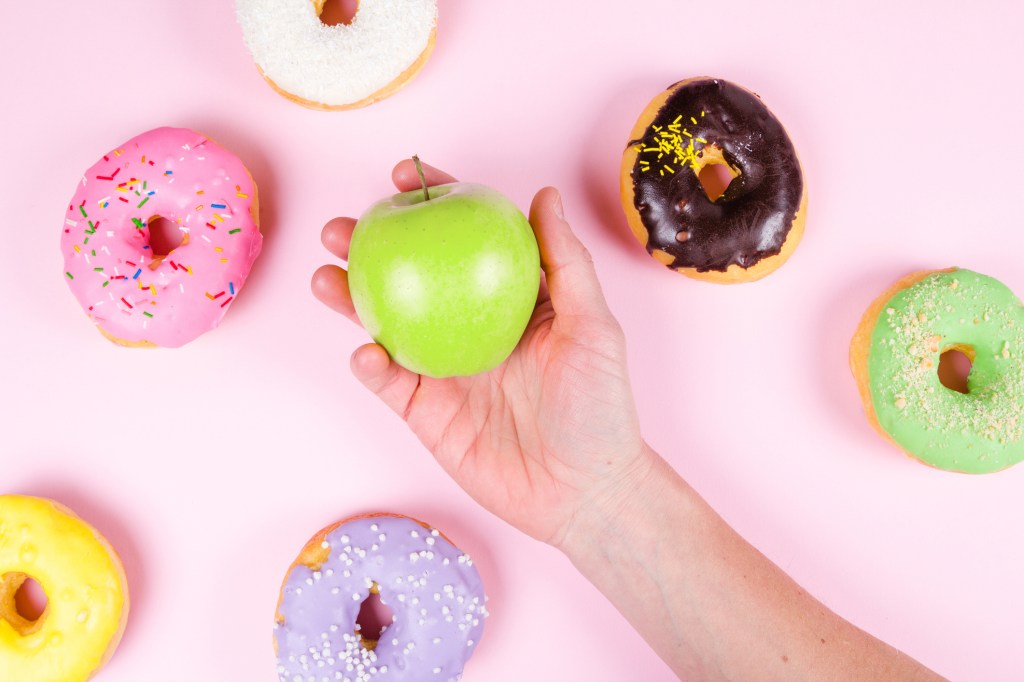
First we need to distinguish between naturally occurring sugar — such as fructose, which is present in fruit, and lactose, found in milk — and added sugar. Added sugar is “any sugars or caloric sweeteners that are added to foods or beverages during processing or preparation,” per the AHA. Processing may refer to packaged foods, while preparation could mean the sugar or honey you add to coffee or tea, or the maple syrup you drench your waffles in.
Differentiating between added and natural can be tricky, because many foods have “hidden” sugar in them. In fact, content creator Laurence Brown, who’s been open on his YouTube channel about cutting added sugar from his diet nearly four years ago, found that identifying acceptable foods was the most difficult aspect of making the change.
“For me, the hardest part was not saying goodbye to a life-long addiction; it was figuring out which foods did and did not contain added sugar. Like most people, I never used to examine ingredient labels much,” Brown told Nice News, adding: “Sugar is added to more things than people realize, and often in great quantities. Since high sugar consumption is a big contributor to heart disease, and since heart disease is the leading cause of death in the United States, it should be paramount among all of us to treat those labels with much greater curiosity.”
To determine whether your food has added sugar, look at the nutrition facts label. Under “Total Sugars,” you’ll find “Includes __g Added Sugars.” The exception to this is single-ingredient sugars or syrups, which may only include the former. Per Chapmon, you should also look at the ingredients for “words like cane sugar, syrup, honey, or anything ending in -ose,” like sucrose or dextrose. Here’s a list of common sugar aliases to look out for.
How Excess Sugar Affects Your Body
Everything in moderation, as they say, and that especially goes for the sweet stuff: When we consume too much added sugar, we run the risk of several health issues coming into play — including heart disease, by upping our “bad” cholesterol and reducing our “good” cholesterol, per the Cleveland Clinic. Excess sugar can also lead to chronic inflammation (you might see the effects of this in your skin) and fatty liver disease. Research has found “a direct link between sugar and cancer,” per a 2022 analysis, as well as between sugar intake and Alzheimer’s.
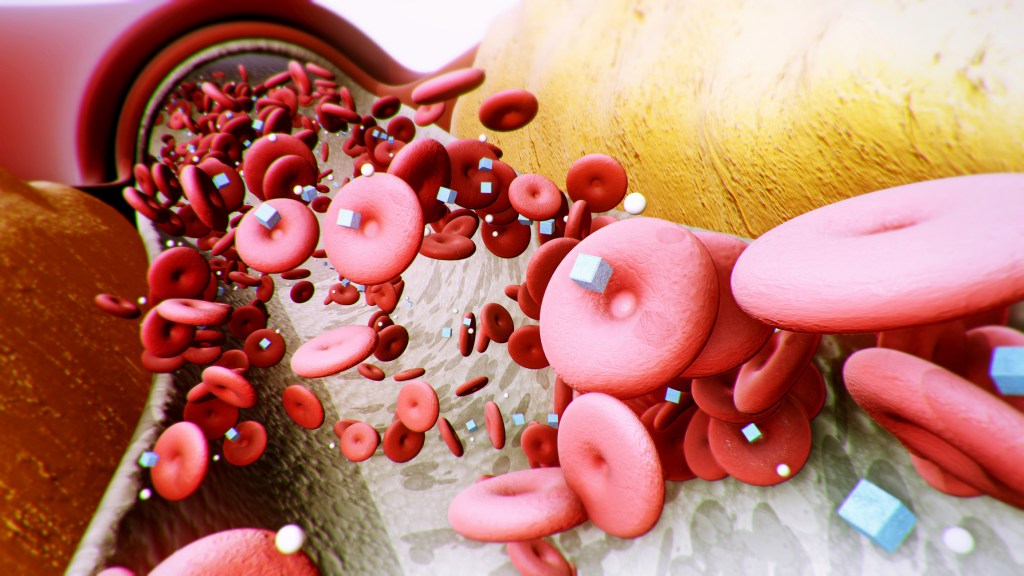
And according to Harvard Health, because our bodies take time digesting whole plant foods that contain naturally occurring sugar, that sugar is able to be processed and offered as a steady supply of energy to our cells. But the high concentrations of added sugar in sodas and certain juices, for example, are absorbed into the blood more quickly, and without the benefit of the drinker feeling full. In fact, consuming sugary beverages has been linked to an increased risk of Type 2 diabetes and metabolic syndrome.
What About Artificial Sweeteners?
As someone who swears by Splenda in her morning coffee, I had to wonder when writing this article: How healthy — or unhealthy — are artificial sweeteners? Registered dietitian Grace Derocha, a national spokesperson for the Academy of Nutrition and Dietetics, had an answer.
“Non-nutritive sweeteners such as stevia, sucralose (Splenda), and monk fruit extracts are considered safe for most people, according to the FDA and organizations like the American Diabetes Association,” Derocha explained to Nice News. “They don’t spike blood glucose or insulin the way sugar does, which can make them a helpful alternative for people with diabetes or those monitoring their carbohydrate intake.”
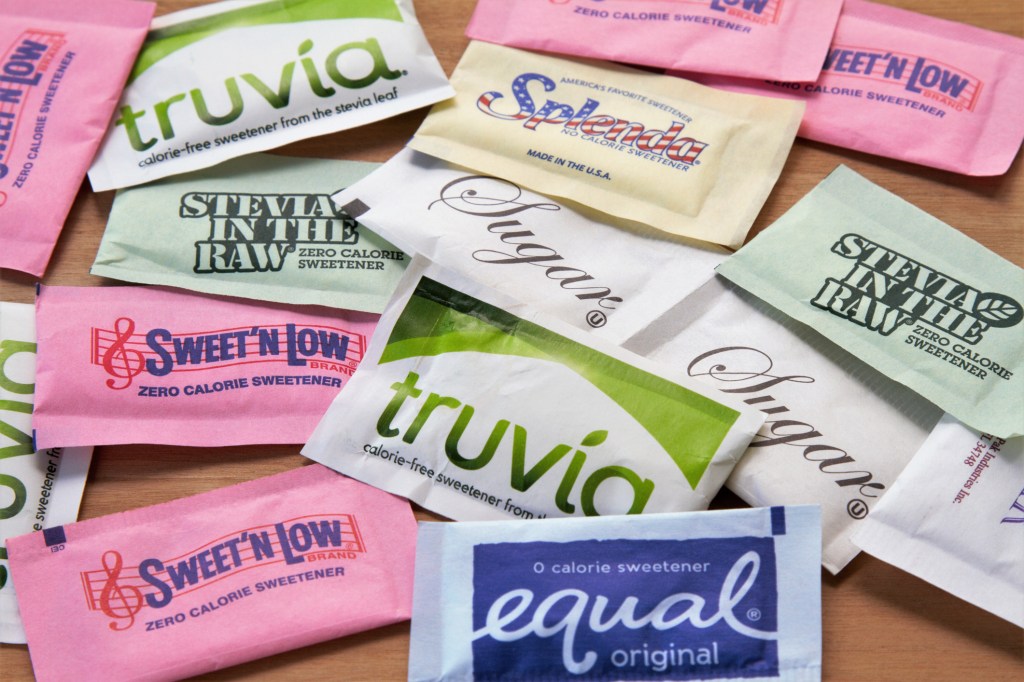
That said, she also pointed out that our understanding of this topic is still evolving, and noted that some studies suggest certain sweeteners might influence specific individuals’ gut microbiomes, while other research has found that they don’t help reduce our desires for sweet foods in the long run.
“The bottom line: Using these sweeteners in moderation — for your morning coffee or an occasional baked treat — can be a reasonable strategy,” Derocha said. “But for overall health, it’s best to keep the foundation of your diet based on whole foods and not rely heavily on either sugar or its substitutes.”
6 Tips for Cutting Back
Alright, on to the meat of the matter. How do you go about actually cutting back on added sugar? Chapmon offered some helpful tips:
Start Small
“Instead of cutting every source of sugar at once, begin with the biggest culprits: soda, flavored coffee drinks, or packaged sweets,” she suggested. And of course, cutting something out doesn’t have to mean you’re ending your relationship with it for good; it’s more like taking a long break to explore other options.
Additionally, when baking sweet treats, try reducing the sugar in the recipe — you may not even notice the difference. “You can usually reduce sugar by about 25-50% without major issues,” says Chapmon. “The result is often still sweet enough, especially if the recipe includes fruit, vanilla, or warm spices (cinnamon, nutmeg, etc.).” She added that our taste buds take a few weeks to adjust, “so something that tastes ‘less sweet’ at first may taste just right after you’ve scaled back on added sugar in general.” Check out these tips for reducing sugar in baking.
Swap, Don’t Stop
There’s no need to eliminate all sweetness from your life, so meet your new best friend: fruit. As Marge Simpson once said, fruit is nature’s candy. Craving something sweet after dinner? A frozen banana or bowl of berries is a good go-to.
Another easy swap you can make? “Switch to sparkling water with lemon instead of soda,” Chapmon recommended.
Focus on Protein and Fiber
Research has shown that these two nutrients can help keep blood sugar steady and reduce cravings, particularly when paired with foods that are naturally sweet. Meals like peanut butter and bananas on whole grain bread or oatmeal with blueberries and almonds can be great options. Refer to this list of high-fiber foods for some more ideas.
Plan Ahead
No one wants to think hard when they’re hungry (or worse, hangry), so setting yourself up for success goes a long way when trying to make lasting changes.
“For busy people, planning a few go-to staples makes the difference,” Chapmon said. “Think protein-forward snacks like string cheese, roasted chickpeas, hard-boiled eggs, or a handful of nuts with fruit. Prepping grab-and-go meals doesn’t have to be elaborate: Stocking single-serve packs of hummus with veggies, rotisserie chicken with salad kits, or even prepping ahead sauteed veggies with your favorite protein and a complex carbohydrate saves both time and money while keeping sugar low.”
Try a 30-Day No Added Sugar Challenge
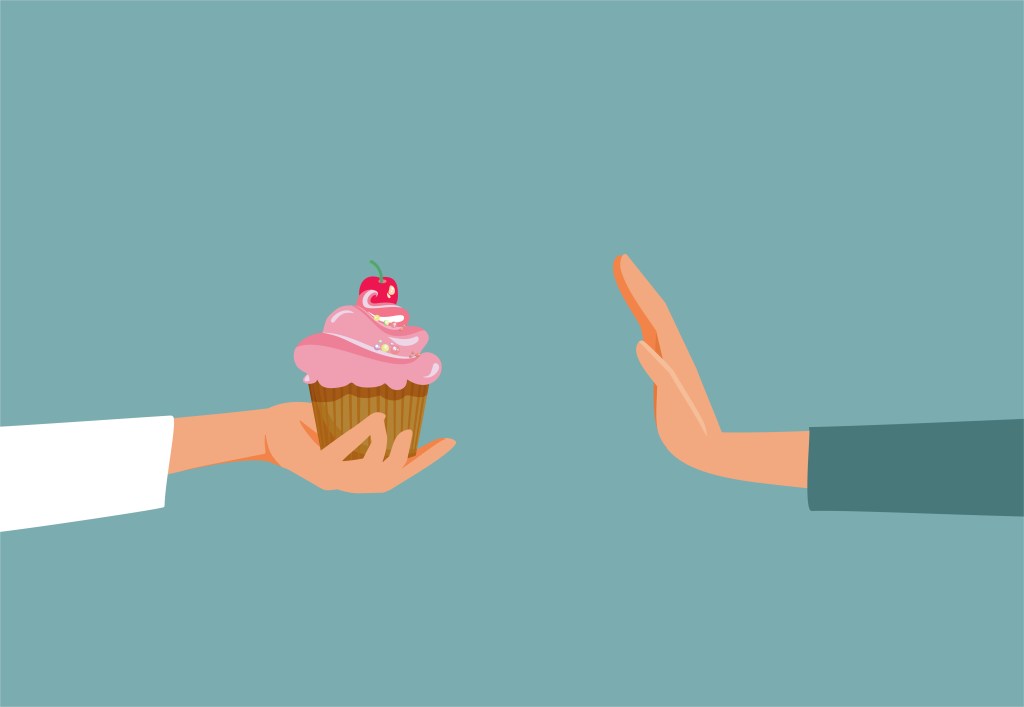
If you’re the type of person who really benefits from structure (raises hand), a 30-day no added sugar challenge may be for you.
“These challenges can be a great reset for many people,” said Chapmon. “The most beneficial part to them is that they bring awareness to just how much added sugar sneaks into our daily routines — often in foods we don’t even think of as sweet. The goal for these challenges isn’t usually about never eating sugar again; it’s more about breaking habits, reducing cravings, and learning which foods truly nourish you.”
Look for the Vibe
Finally, remember that what you’re doing is a positive thing, not a punishment. Try looking at the process of cutting back on sugar as one of discovery rather than deprivation, and you may start to feel excited about the changes you’re making. Per Chapmon, “You’re training your palate, supporting your energy, and learning what makes your body feel good.”
5 Snacks to Satiate Your Sweet Tooth

The moment we’ve all been waiting for! What can we eat when we’re craving something sweet? Derocha offered five delicious suggestions:
Frozen fruit “nice cream” made by blending frozen bananas with a splash of milk and a dash of cinnamon or cocoa powder — a creamy dessert high in fiber and potassium.
Greek yogurt parfaits layered with berries and a sprinkle of nuts or seeds. Protein-rich yogurt with fresh berries supports blood sugar control by slowing digestion.
Chia seed pudding with unsweetened almond milk and vanilla, topped with fruit. Packed with omega-3 fats and fiber, chia helps with satiety and blood sugar stability.
Dark chocolate–dipped strawberries made with 85% cacao chocolate. Choosing 85% cacao or higher minimizes added sugar while providing antioxidants called flavanols, which have heart health benefits.
Baked apples or pears (or grilled peaches or pineapple) with cinnamon and a drizzle of nut butter. Warm fruit with cinnamon delivers natural sweetness plus phytonutrients.
Final Thoughts
As mentioned above, it’s critical not to vilify any one food, even added sugar, registered dietitian and nutrition therapist Lisa D. Ellis stressed to Nice News.
“I believe that sugar doesn’t need to be demonized; it can have a place in a balanced diet as a ‘sometimes’ fun food, alongside the ‘everyday’ foods that meet our core nutrition needs. What matters most is moderation and context: enjoying sugar as part of a healthy relationship with food,” she explained.
“The takeaway is [that] when we stop labeling foods as ‘good’ or ‘bad,’ we can make room for both beneficial nourishment and enjoyment. That mindset is healthier and more sustainable because it reduces guilt, empowers self-trust, and makes life-long nutritional and emotional balance easier to sustain.”
